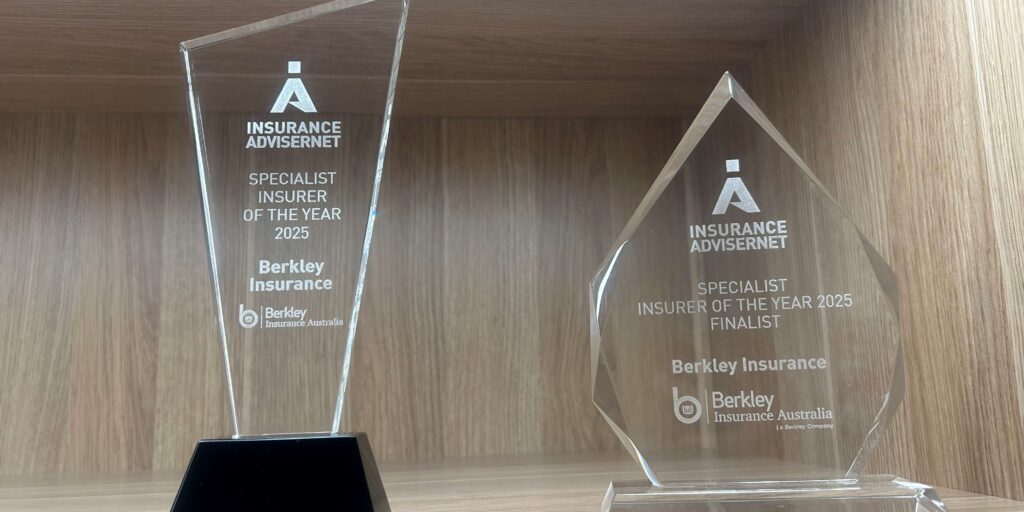
Crime Cover under Management Liability
One of the most financially punishing and emotionally taxing events that a business can endure is a crime or fraud committed against it by an employee or contractor. The consequences can be both financial and emotional. But a Management Liability policy with appropriate crime cover can help the business through the aftermath of the crime, and assist the people affected with bouncing back without additional worries about finances and bills.
In the rest of this article, we’ll look at some of the most frequently asked questions about crime cover including who commits these sorts of crimes (most people get the answer to that one wrong) and some recent real-world examples.
What does crime cover protect against?
Crime cover protects against direct financial loss arising from the illegal actions of employees and contractors.
We all put a lot of effort into finding the right people to work alongside us. But it’s a reality that there will always be a small percentage of individuals who make the choice to defraud or steal from their employer.
Unfortunately, this small number of individuals can have disproportionately large impacts on a business. The most obvious loss is financial, with vast sums of money able to be siphoned off over time or transferred suddenly out of a working capital account. But there are non-financial impacts too.
The mental stress and burden of finding out about a loss like this and investigating all extract a heavy toll. And that’s without the most stressful part: attempting to recover the funds and keep the business running. The reputational risk to a business from having to inform service providers and business partners of delayed payments or the scramble of trying to quickly source replacement funds are also big painful consequences of employee theft.
Crime cover can help lift some of that burden by providing some peace of mind that funds can be replaced and that the business can carry on with less disruption.
Who commits crime and fraud against businesses?
The fact is that most crimes are committed by people known to the victim. This is especially true when it comes to business fraud. In fact, the perpetrator of a crime against a business is most likely to be an employee in a management position.
Based on KPMG’s 2016 Fraud Barometer Report for Australia, the person(s) most likely to commit fraud (and the percentage likelihood of that person committing the crime) are:
- Management level employee (36%)
- Others including temporary contractors (33%)
- Non-management level employee (20%)
- Professional criminal / outsider (11%)
The statistics clearly show that ‘insiders’ account for the vast majority of crimes and fraud against businesses. So, while shadowy hackers in a far away location might grab the imagination, a business is far more likely to suffer financial loss from someone working down the hallway.
Types of crime and fraud: goods and property
The old adage that prevention is the best medicine applies here.
By understanding the types of crime and fraud, businesses can improve their internal processes and checks to make it more difficult for wayward employees and contractors to commit these harmful acts without being discovered.
The theft of physical stock and goods is more visible and simpler to trace.
- Theft of stock – typically theft of physical goods results in lower financial loss because it tends to be a crime of ‘opportunity’ rather than a systematic process. Small, more valuable goods are obviously more susceptible to this than larger, bulkier items. However, we have seen some examples of theft for unwieldy, large things like plasterboard and gyprock. One memorable claim even included the theft of aluminium sheeting!
Types of crime and fraud: cash
This type of theft is harder to detect, can be systematic, and is more likely to be the result of someone in a trusted position misusing their accesses or powers. It can include:
- having additional employees on a payroll, paying unauthorised wage increases or deliberately adding shifts or penalty loading to time worked in order to inflate payments.
- redirection of payments to different bank accounts after payment to the business, or providing customers with different bank details so that the cash never ‘enters’ the business.
- double invoicing – that is – where a ‘true’ copy with the correct details is created for internal purposes, but where the customer receives a ‘false’ copy with deliberately incorrect payment details.
- unauthorised expenses being created and paid for can also be a way to obtain financial benefits at the expense of a business.
Specific crime claims: examples
Some recent crime claims that we have come across show that the losses suffered can be large, and that there are many creative ways that can be implemented to steal from businesses.
- A payroll clerk doubled up payments to themselves while simultaneously underpaying others. The loss to the business was $75,000, plus a further $28,000 in audit and investigation costs.
- An operations manager at a Golf Club stole $118,000 from gaming machines and the ATM. They then attempted to cover their tracks by altering the books.
- A delivery driver sold stolen stock from their employer to customers at a 50% discount. It cost the business $450,000.
- A couple defrauded a food company for more than $720,000. The couple were convicted and jailed.
- A bookkeeper at a privately-owned confectionary company stole money from the company for a period of seven years. They used the stolen money to buy property and pay bills. The total cost to the company was $1,060,000.
Key takeaways
The examples show companies need to consider their crime and theft exposure and the protection a Management Liability policy can provide when these events occur. Crime and theft risks are often more than most businesses assume, and the cost is more than most businesses can bear.
If you’d like to learn more about our Management Liability offerings, please don’t hesitate to get in touch with one of our specialists about how we can serve you and your clients now and into the future.
Related Links
Quote and Bind a Policy Instantly
Employee Theft under Management Liability Policies: Understanding Cover and Claims
Management Liability – Beware of the Office Christmas Party
Explaining Management Liability to your Clients
Important Notice
Berkley Insurance Company (limited company incorporated in Delaware, USA) ABN 53 126 559 706 t/as Berkley Insurance Australia is an APRA authorised general insurer. Information provided is general only, intended for brokers and has been prepared without taking into account any person’s particular objectives, financial situation or needs. Insurance cover is subject to terms, conditions, limits, and exclusions. When making a decision to buy or continue to hold a product, you should review the relevant policy documents.
Share this post on
Inside Berkley Insurance Australia: An Interview with CEO Tony Wheatley
Berkley Insurance Australia Wins Specialist Insurer of the Year for Fourth Consecutive Year
Getting the Best Terms for Clients with Prior Claims


